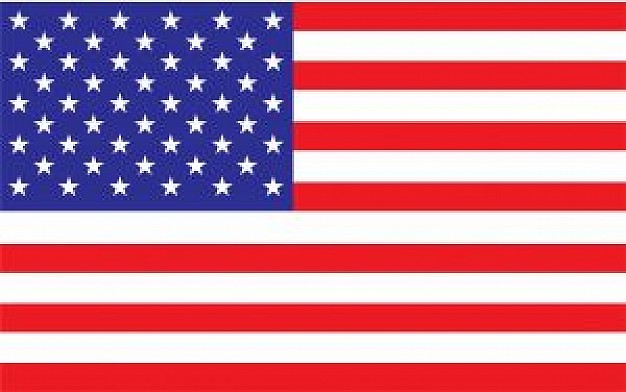Fall is nearing its end and winter is approaching, that time of year when the biggest flooring shows and markets get ready to showcase aisles upon aisles of manufacturers eager to unveil their latest products and get the 2016 selling season under way. Before we rush headlong into next year’s styles and innovations, we thought we’d pause for a moment to assess some of this year’s products in both hard and soft surface. We explore the thinking behind them and what that says about the future of flooring design, technology and sustainability.
Article Index:
Hard Surface
According to Amy Costello, Armstrong World Industries sustainability manager, design and construction of the company’s flooring comes down to many factors. “Eco-friendliness is one, as is lifestyle, traffic, durability and of course the look.”
Eco-friendliness itself can mean many different things. “Some customers want recycled content, recyclability, low VOC, EPDs, non-PVC, high-light reflectance to reduce building energy use, etc. At the end of the day, you must first pick the product that provides the right performance and then the eco-friendly attributes that are important to you.”
She noted that the company’s product decisions are driven by customer need. “For example, our customers wanted a hand-scrape, made in the U.S., at the same or close to the same price as an import product. We have accomplished that in our Somerset, Ky., plant. Made in the USA allows us to shorten our supply chain, increase our efficiency and improve our flexibility to better respond to fluctuating demand, while maintaining our quality and improving our product’s environmental footprint.”
The company is also building a new LVT plant in Lancaster, Pa. “Designed to be more energy efficient, this new facility includes grinding equipment to process post-consumer and in-house waste material so that Armstrong LVT manufactured there will be recyclable and have a reduced environmental footprint.”
“There is a growing awareness on how products affect the environment and a manufacturing facility affects the global environment.”
More than 90 percent of the company’s Armstrong and Bruce hardwood is manufactured in the United States as well. “We have recently ‘on-shored’ our hand-scraped engineered wood products. We benefit from being better aligned to local tastes and performance requirements. Locally produced products can be key to many consumers and impacts their purchase decision process.”
Caroline Wille, IVC US director of product development and design, said manufacturers continue to search for “solid solutions to old pains, such as waterproofing, scratch residence and dimensional stability. Having a locally manufactured product is also a very strong selling feature.”
The importance of sustainability in the minds of the consumer continues to grow. “There is a growing awareness on how products affect the environment and a manufacturing facility affects the global environment. In Europe, IVC has built windmills to be able to use that harnessed green energy. In the U.S., we use solar panels to power our fleet of electric forklifts and utilize our own—and only our own—recycled material in our LVT.”
Customers are also becoming more comfortable with choosing a wider range of products for mixing and matching throughout the home. “Some products are better in bedrooms because they are warm underfoot, and others are water-resistant so they lend themselves more toward the bathroom or kitchen. As a manufacturer, this brings us some unique and exciting challenges because you have to think about how our customers might mix them in their space.”
Emil Mellow, Karndean Designflooring vice president of marketing, said the size formats for products including engineered hardwood, LVT and porcelain tile are increasing. “Plank-sized tiles are popular in the porcelain category, which we offer through our Art Select Stone LVT collection. Our travertine [look] FreeLengths showcase the trend of stone plank visuals in a variety of lengths for a random plank appeal with a wide variety of design options. Reclaimed looks are very popular, as well.”
He said digital printing technology allows Karndean designers to experiment with different looks and textures including “the deep scorching effects, rough-sawn visuals, and distinctive knot and grain details of reclaimed wood in our new Van Gogh Reclaimed collection.”
Mellow added that the company looks at flooring from a holistic perspective. “You can’t look at it simply as a square foot project; it’s about the space as a whole. The ability to combine flooring materials, furnishings, accessories and other design aspects is crucial to helping customers find the perfect look to match their style.”
Gary Keeble, Metroflor director of marketing, sees the popularity of floating floor profiles—which allow glueless installation—as a growing trend. “It seems to be the catalyst for growth when it is applied to a flooring category that has not up to now been associated with a floating installation. Floating technology in click LVT is probably the primary driver in this exploding product category.”



